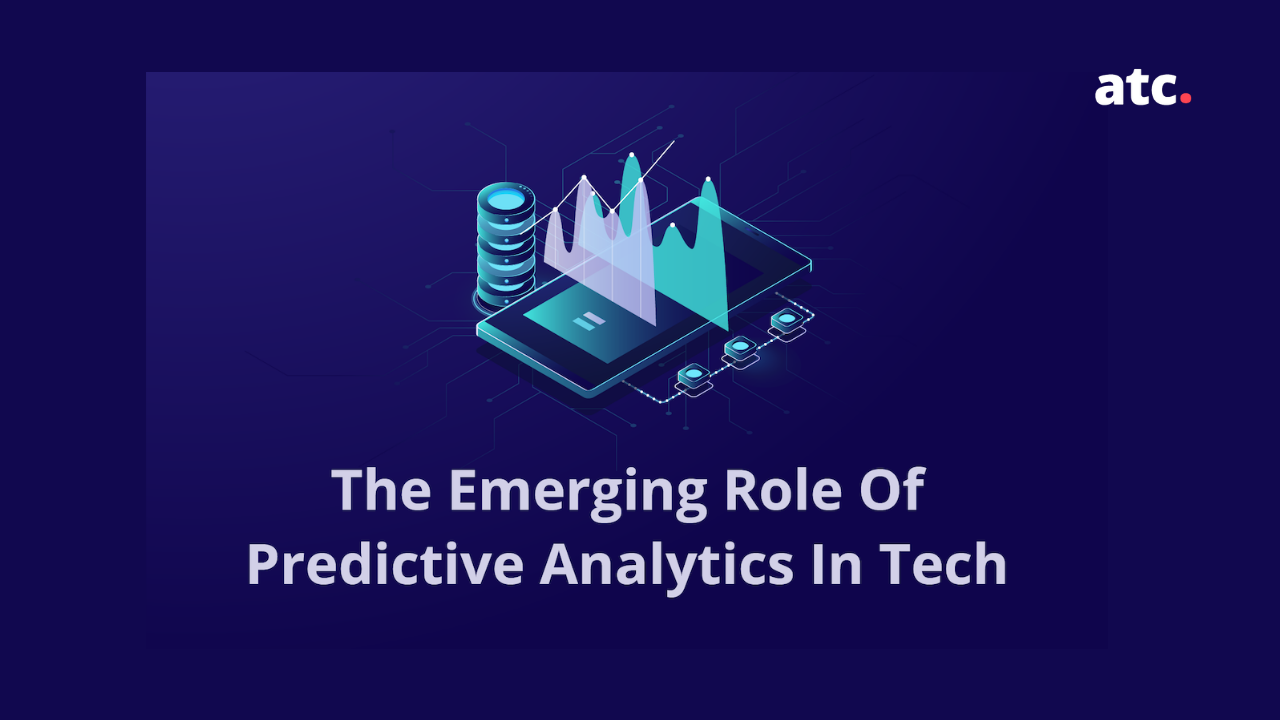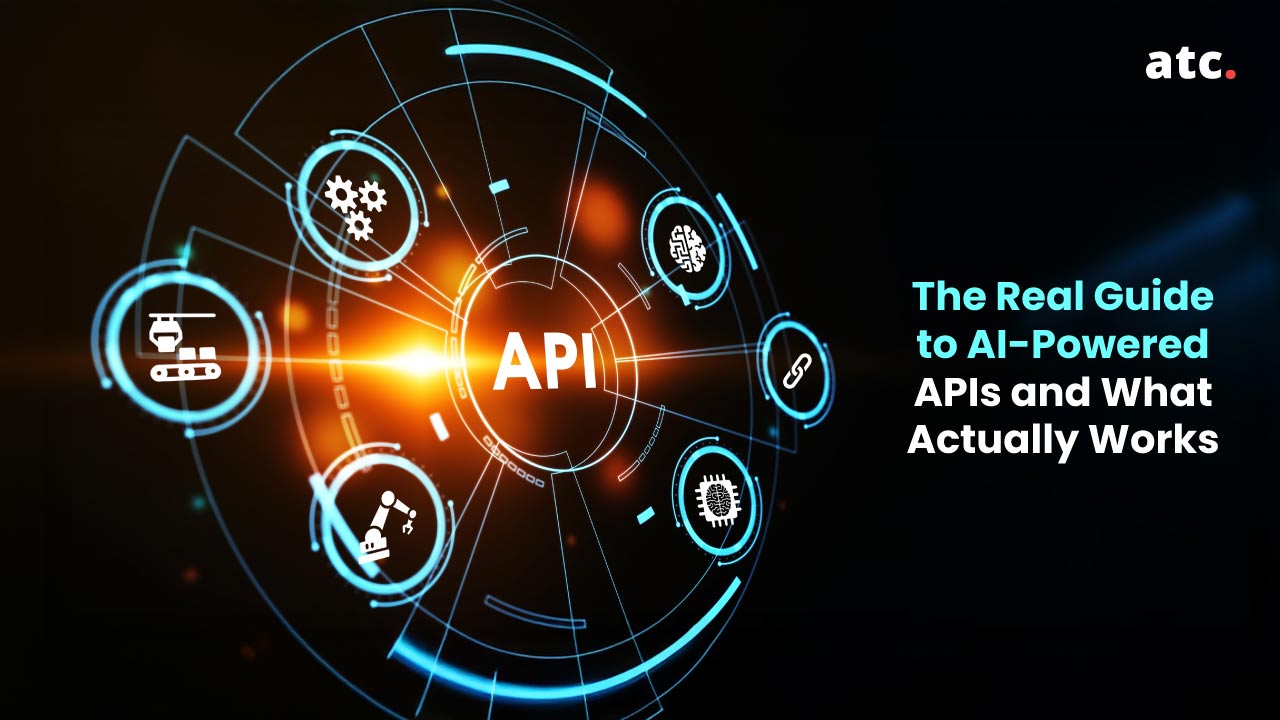Subscribe to the blog
Technology and data are changing every day. Just as you think you have grasped the “next big thing” to help you manage your data, another innovation comes along. After a while, playing catch-up can seem futile and you’re left treading water, hoping not to drown in the sea of data your business has accumulated.
So, how do you make it to shore? With predictive analytics. These techniques have the ability to combine historical data with current real-world data to predict the future and augment your bottom line. With predictive analytics today, you can actually swim with the current instead of against it.
What is Predictive Analytics?
Business intelligence leverages technologies and services to gather, analyze, interpret, and transform data into intelligent decision-making using a streamlined approach that synthesizes all the information collected and presents it in easy-to-understand formats. BI tools, often referred to as data analytics, can provide incredibly deep and powerful insights into your business and organization, successfully predict trends and events, and use reporting functionality to serve as a guide for further action.
The predictive analytics portion is the ability to consume and crunch data using machine learning models to heavily steer a data-driven decision for the best possible outcome.
Evolution of Predictive Analytics
Predictive analytics has a long history, but its emergence in modern tech has only occurred over the last 20 years. It has now evolved into a best-practices approach across industries, as it defines the practical outcomes for business objectives.
The industries include:
- Insurance
- Banking/Financial
- Technology
- Retail/E-Commerce
- Energy & Manufacturing
- Government & Public Administration
Predictive Analytics Implementation
One of the biggest roadblocks to predictive analytics implementation that companies experience is a gap in skills. Before you can analyze data, it needs to be prepped. Businesses need to ensure they have the manpower or can adequately outsource the duties of someone who can efficiently and effectively move between data and strategy; figuring out a target definition is essential for outcome interpretation.
Once the skills gap has been filled and the data reasonably prepped, predictive modeling can start. Advances in technology enable software to do a lot of the grunt work in this area, but it’s beneficial to have a data analyst, well-versed in predictive analytics techniques, to carry out the modeling for best results.
Your IT department should take over the process once the models hit the deployment stage. This is the exciting part as this is where the models work on your data and you see the results.
This is where your leadership team and decision-makers use the intel intelligently, strategically, and thoughtfully to enhance operations, plan for demand, and manage resources. This increases the possibility of profitable customers being drawn to and staying loyal to your product or services..
What Are the Benefits of Predictive Analytics?
How exactly is predictive analytics, working in tandem with business intelligence solutions and RPA, beneficial?
The three main areas that predictive analytics assists businesses are:
Marketing Optimization: Predictive analytics is used in marketing campaigns to optimize data by analyzing it to find predictive patterns for consumer behavior, letting businesses make intelligent business decisions based on the findings. This is elucidated in the following points:
- Marketers better grasp what consumers want and categorize them based on demography and interests. This leads to better targeting via ads, emails, or some other form of communication. Better consumer experience breeds loyalty.
- Predictive analytics helps marketers understand where to focus their ad spending. This happens via the identification of which media requires increased spend and when, and where to reduce spending.
- Qualifying and prioritizing meaningful leads is another perk of predictive analytics. Behavioral insights help marketers find potential customers by showing how likely it is for them to take action.
- Better customer insights mean better customer retention efforts. By getting an in-depth analysis of customer needs, marketers can customize offerings complementing order history.
Fraud & Risk Reduction: New tech may be untested against cybercrimes and cause wariness among customers for whom information security is a top priority. The combination of up-to-date cybersecurity metrics and predictive analytics serves as a fraud deterrent. On the business end, your company can use predictive analytics to gauge the risk of potential customers to better prepare for and resolve concerns. .
Operational Improvement: Predictive analytics is commonly used by businesses for inventory control and resource management, helping businesses set prices, and predict event and marketing outcomes.
A Look Into the Future
As big data analytics climbs in popularity, fueled by predictive analytics and the information it provides for lucrative opportunities, possibilities for its future seem limitless. With time, as advancements occur, expect more predictive analyses to be carried out, albeit with a less human connection.
This doesn’t diminish the importance of humans in predictive analytics. As with any big digital disruption, innovation starts and ends with human dreams. As long as your business stays adaptive and flexible, there’s a way to incorporate big tech ideas alongside people.
And you don’t have to go about it alone! Let us, at ATC, help you navigate. We can handhold and give constructive advice, handle predictive analytics tools, lead the initiative completely, or just act as a resource for you to bounce ideas off of.
Contact us now and we’ll get started pronto, or at least answer some questions for you.




